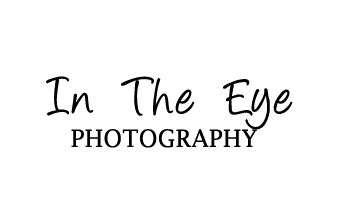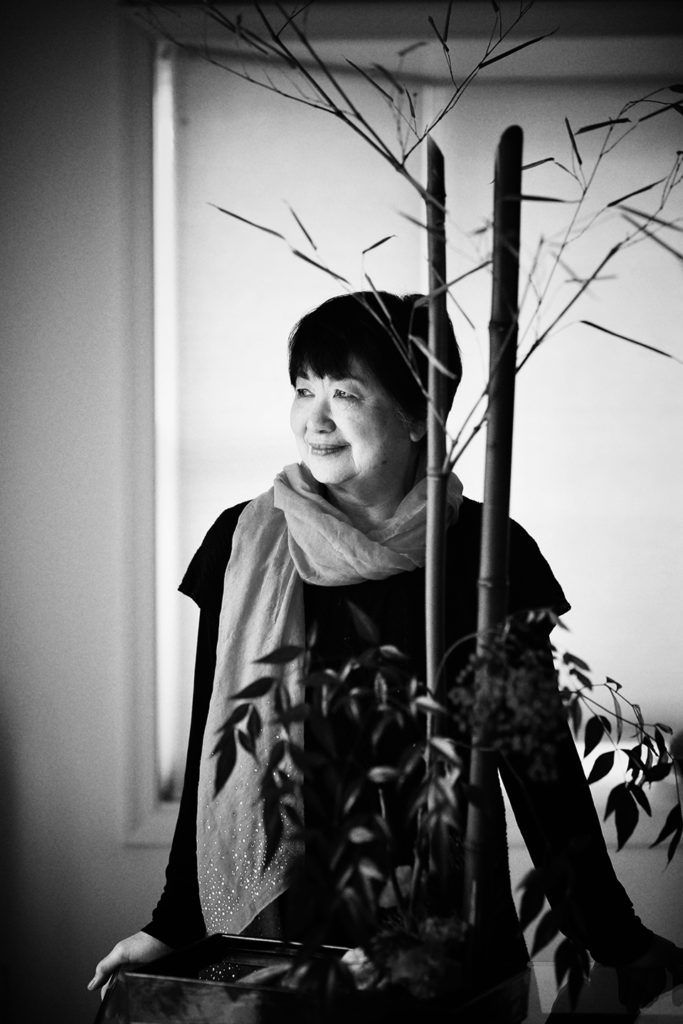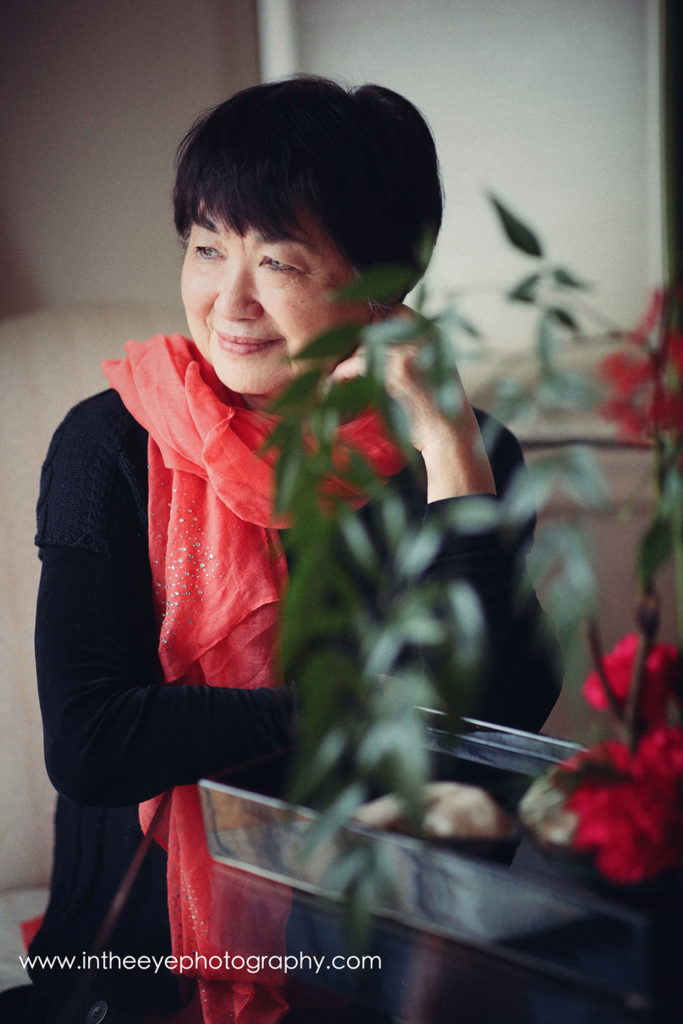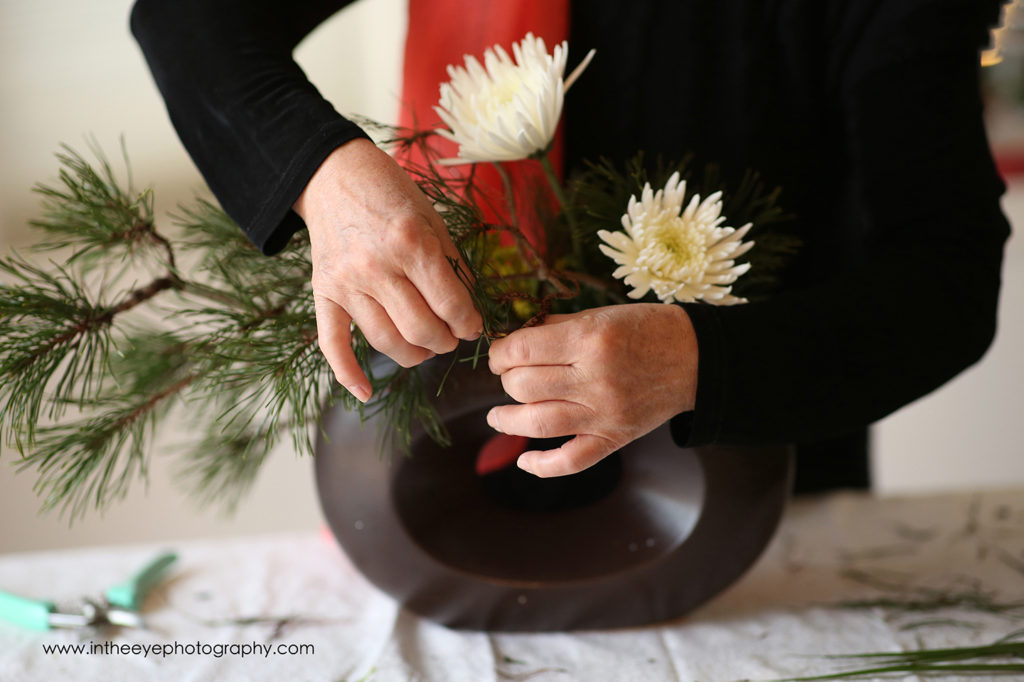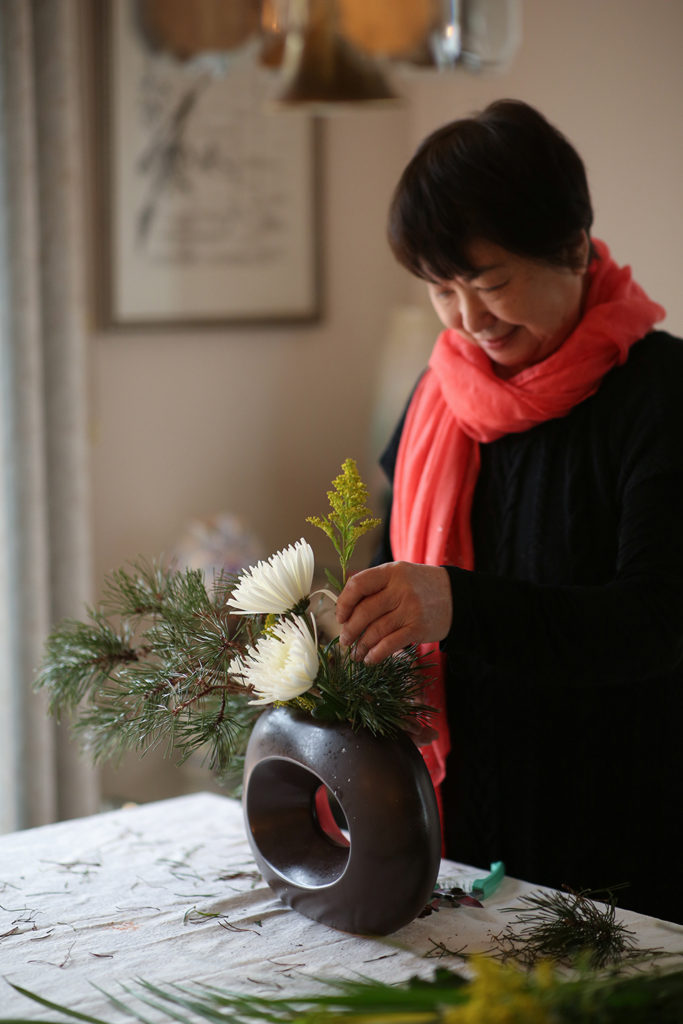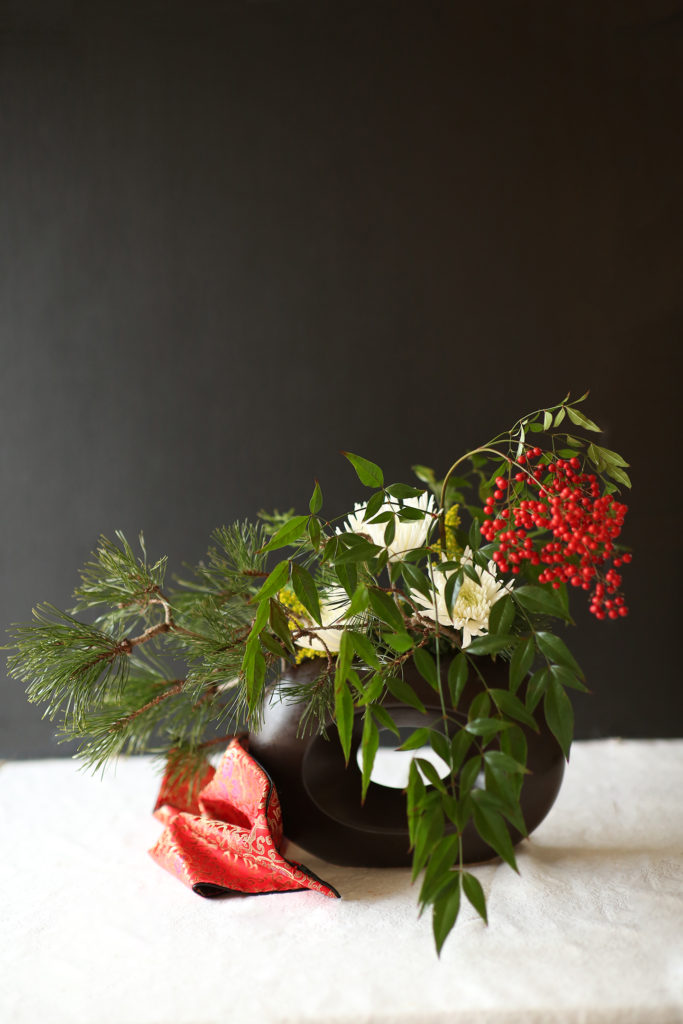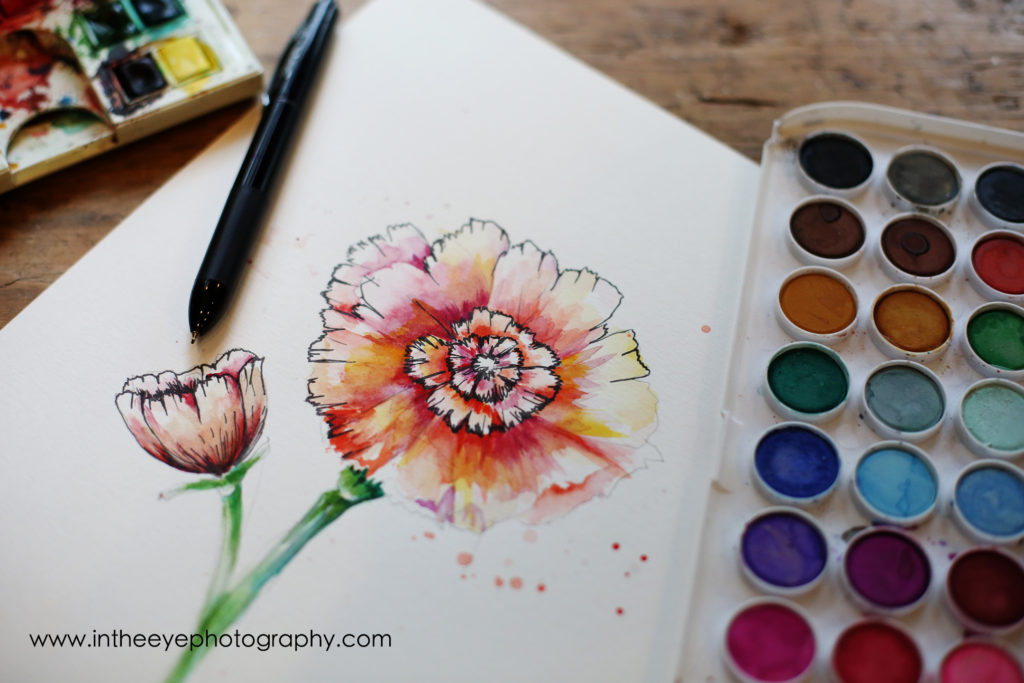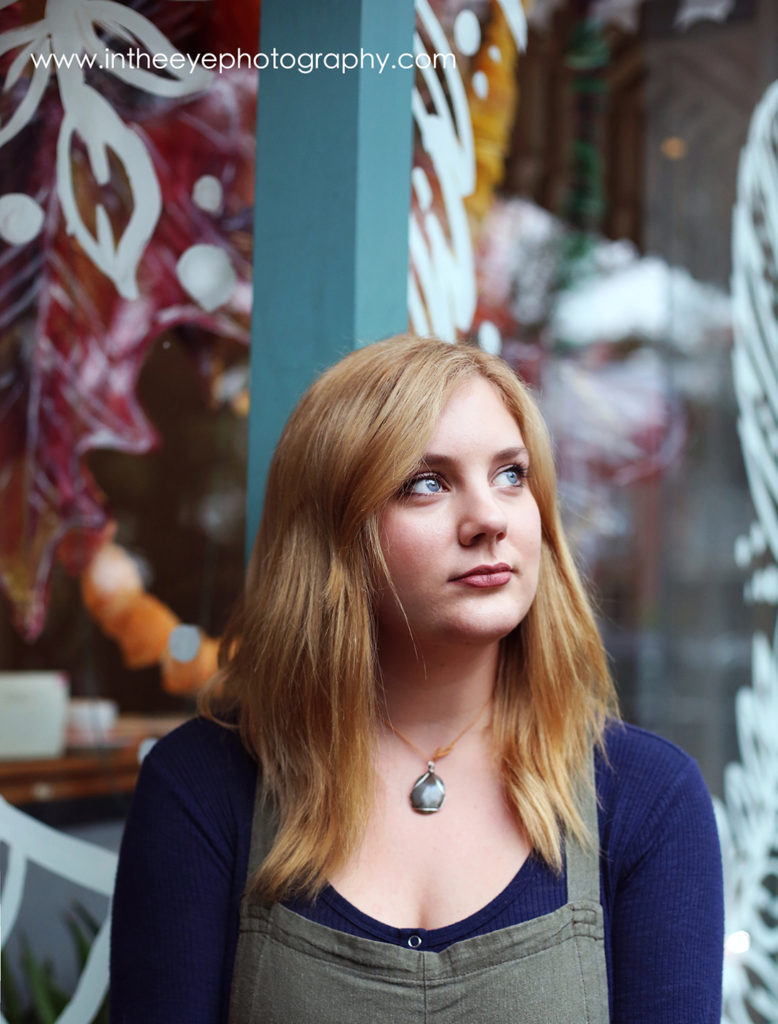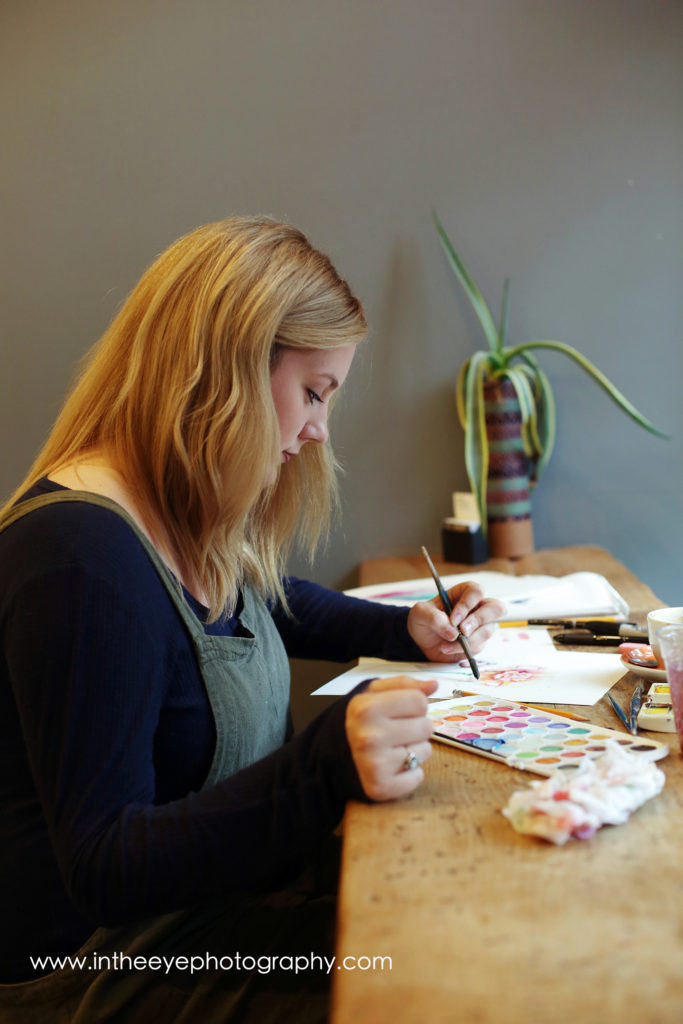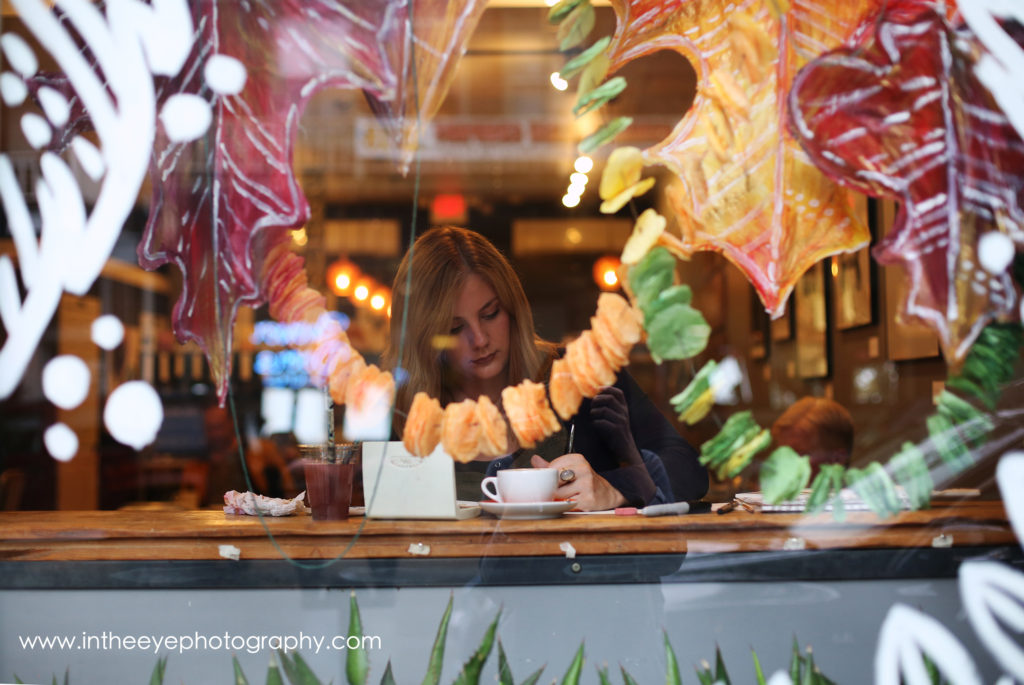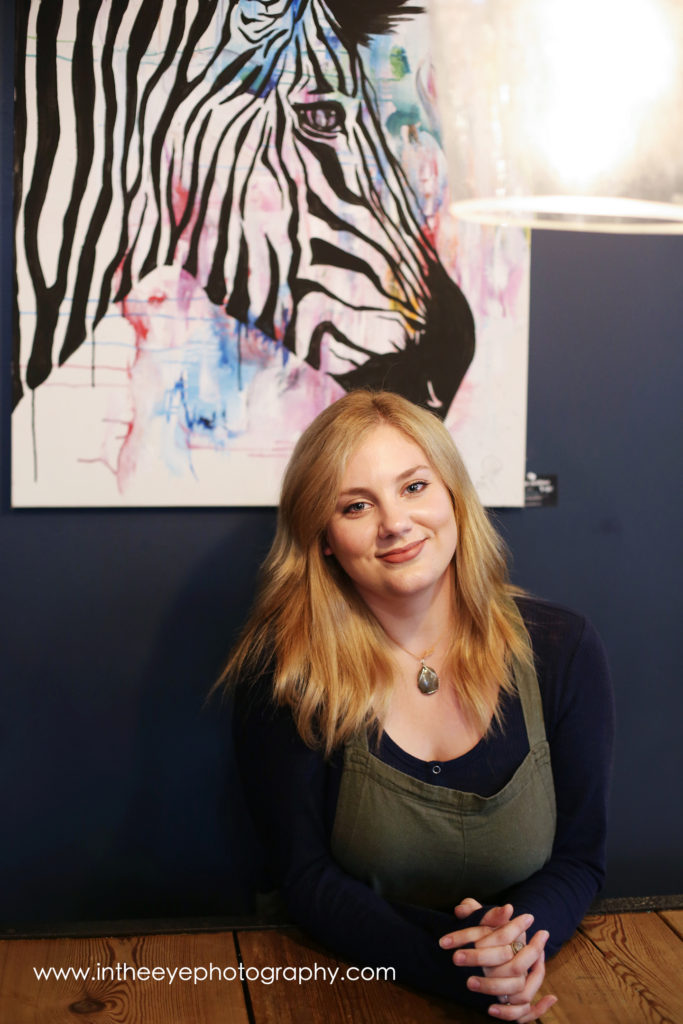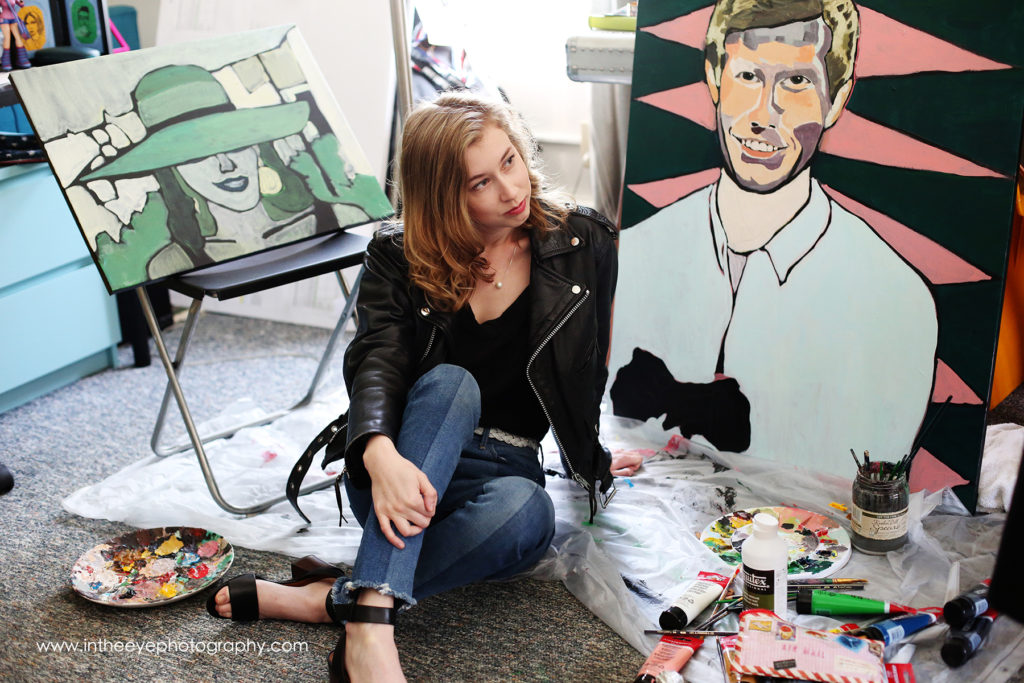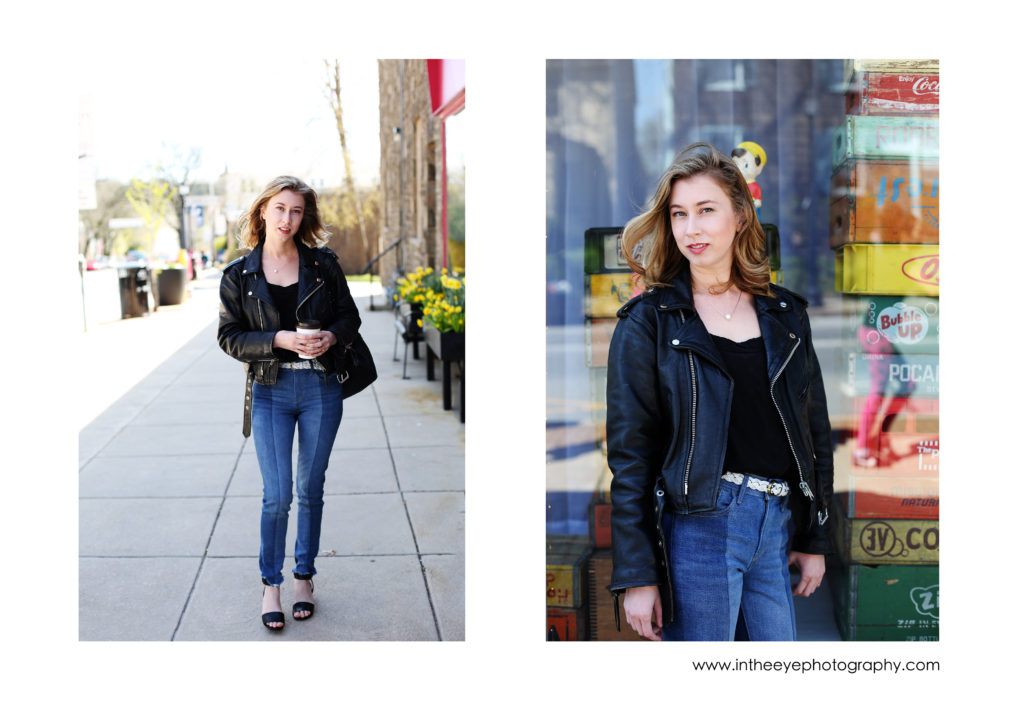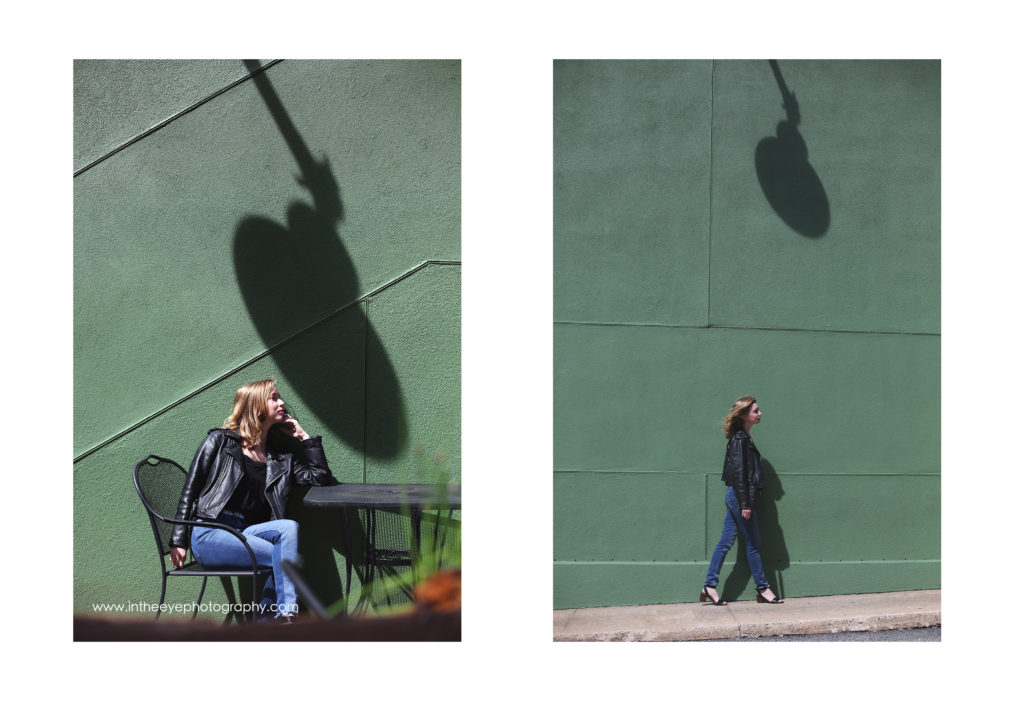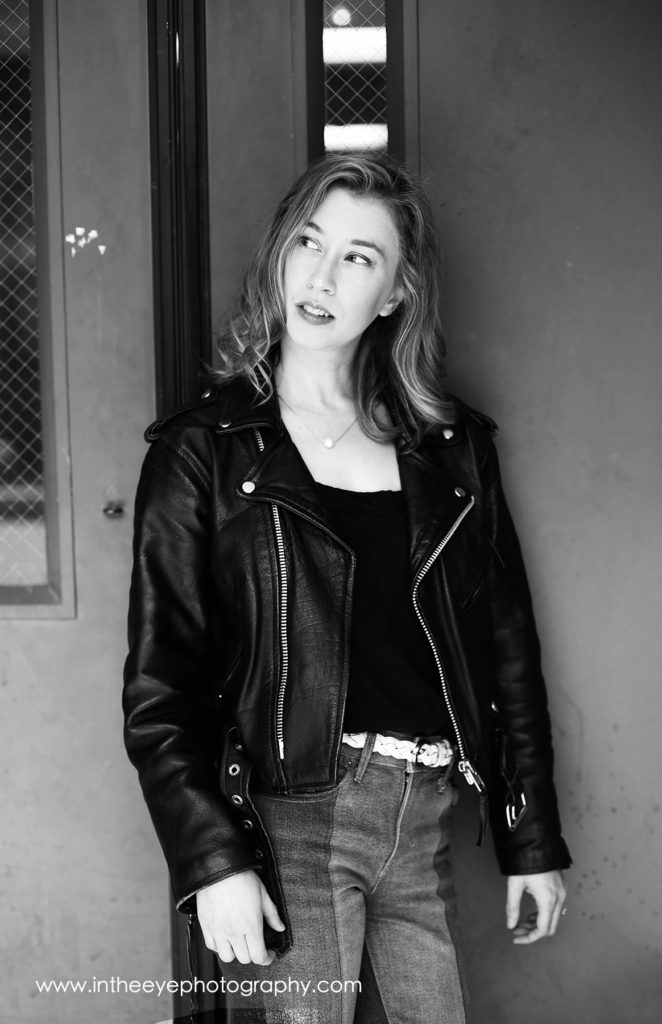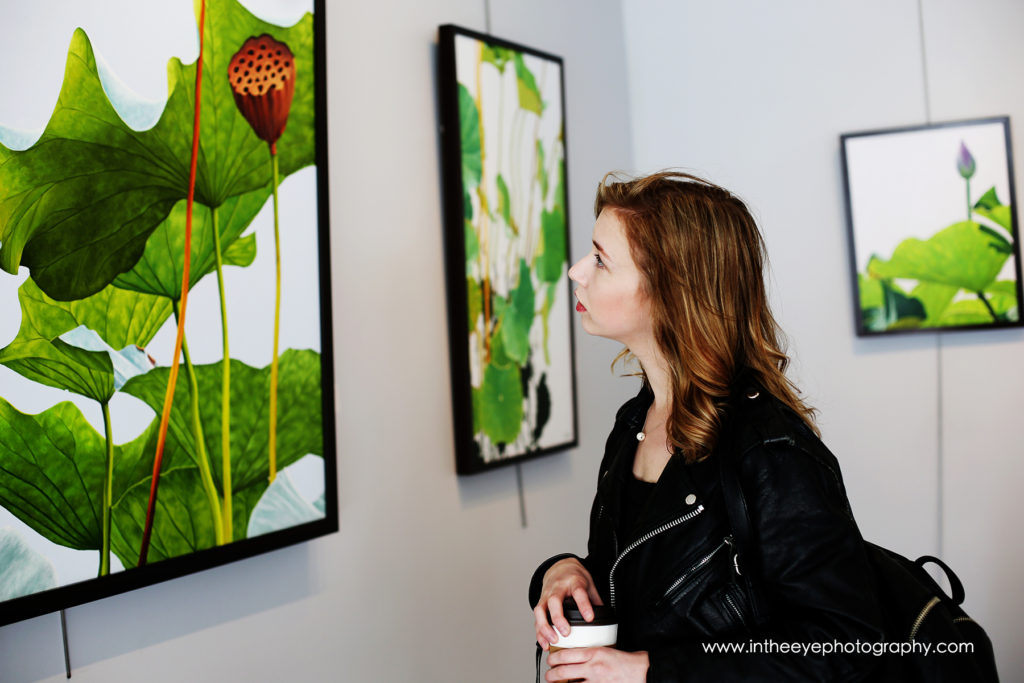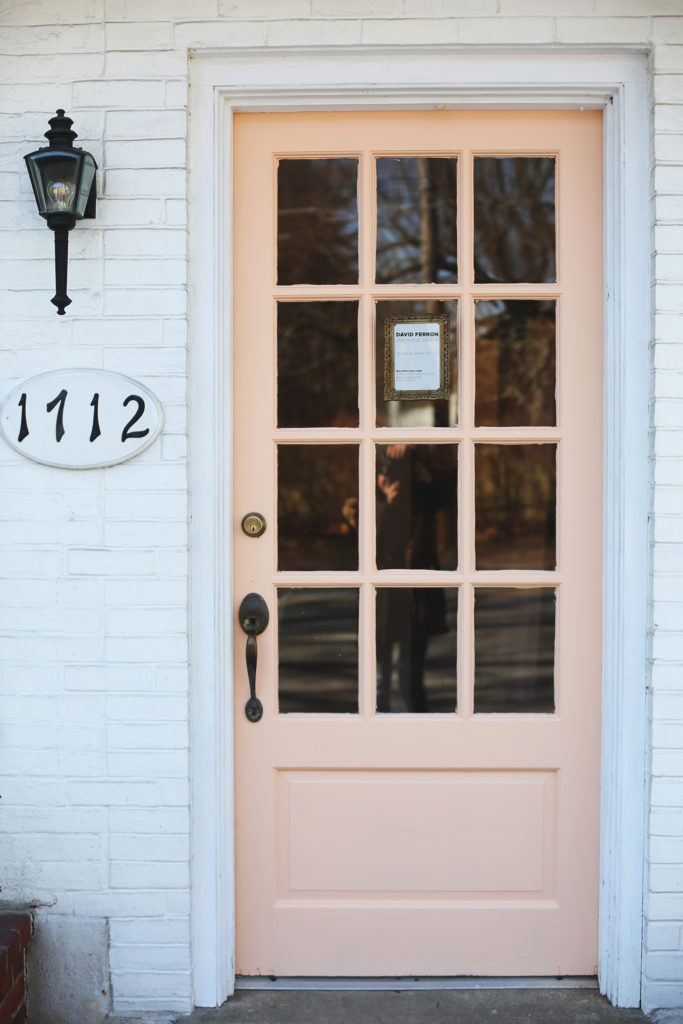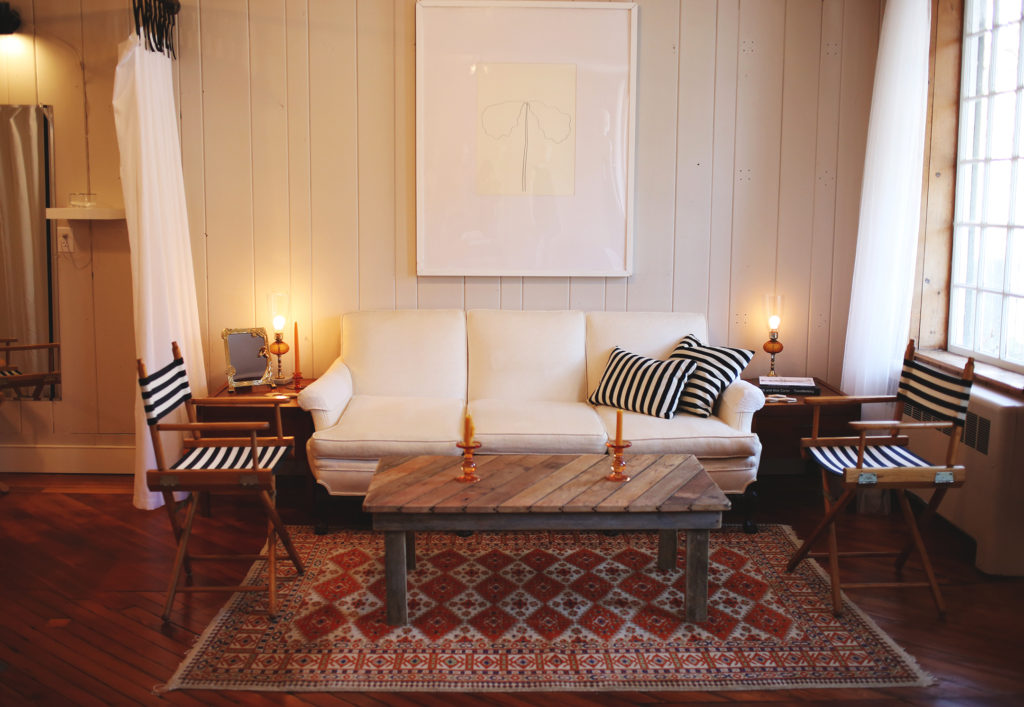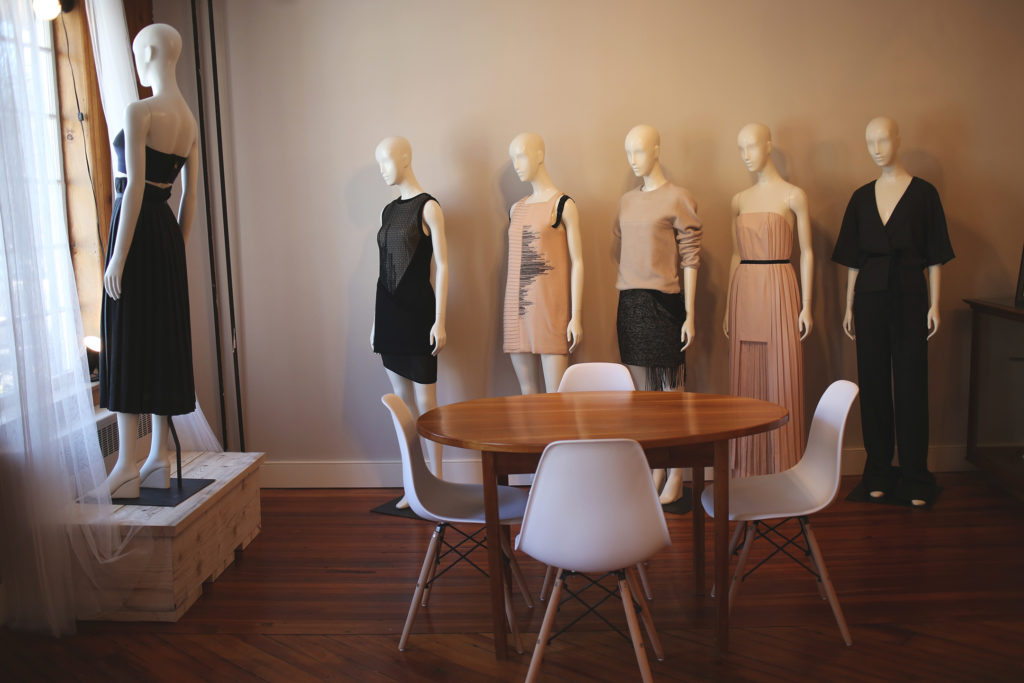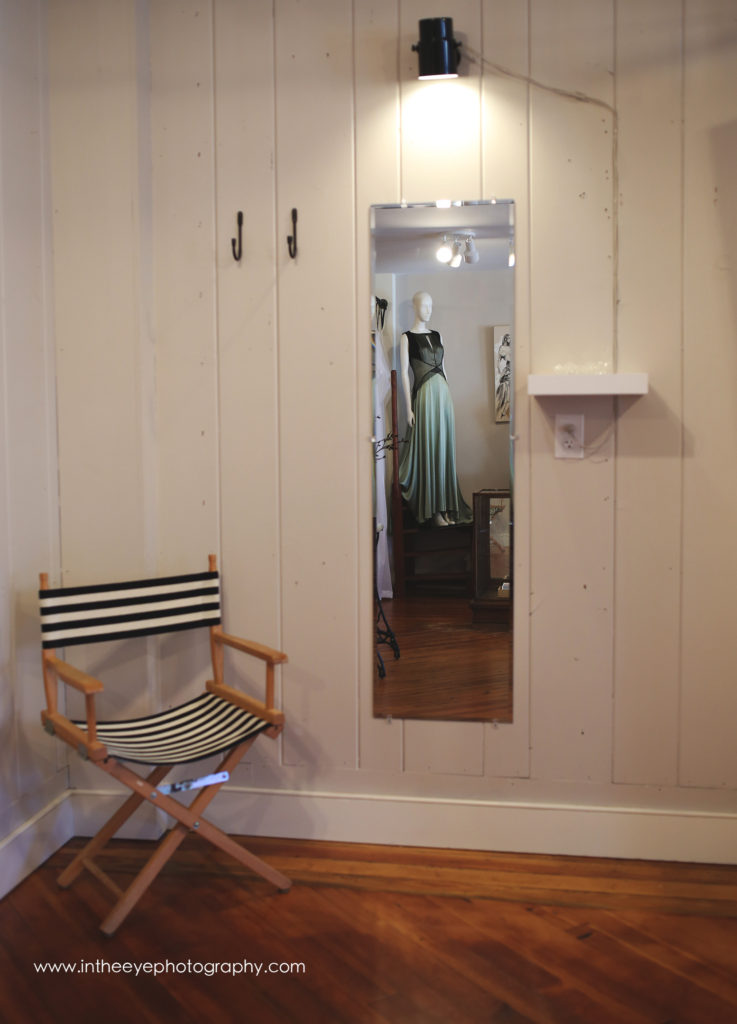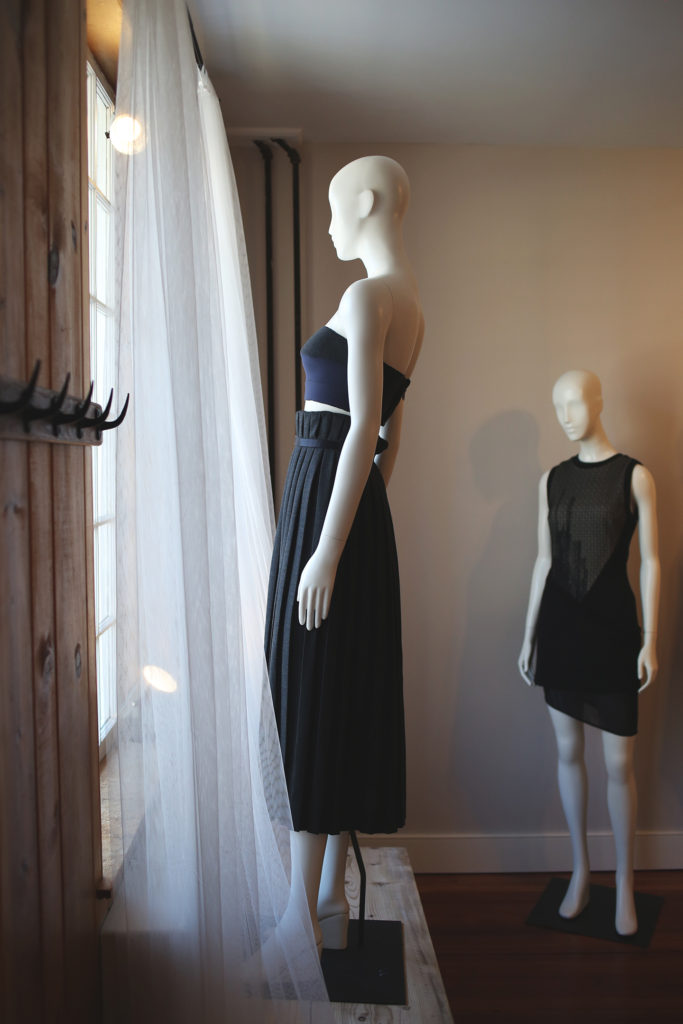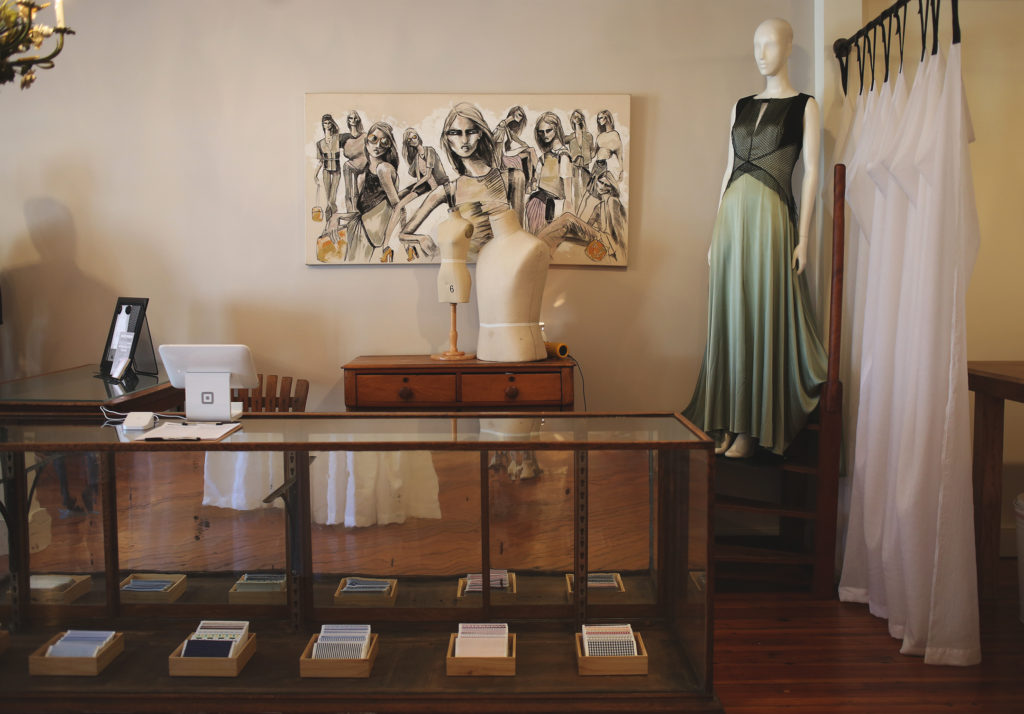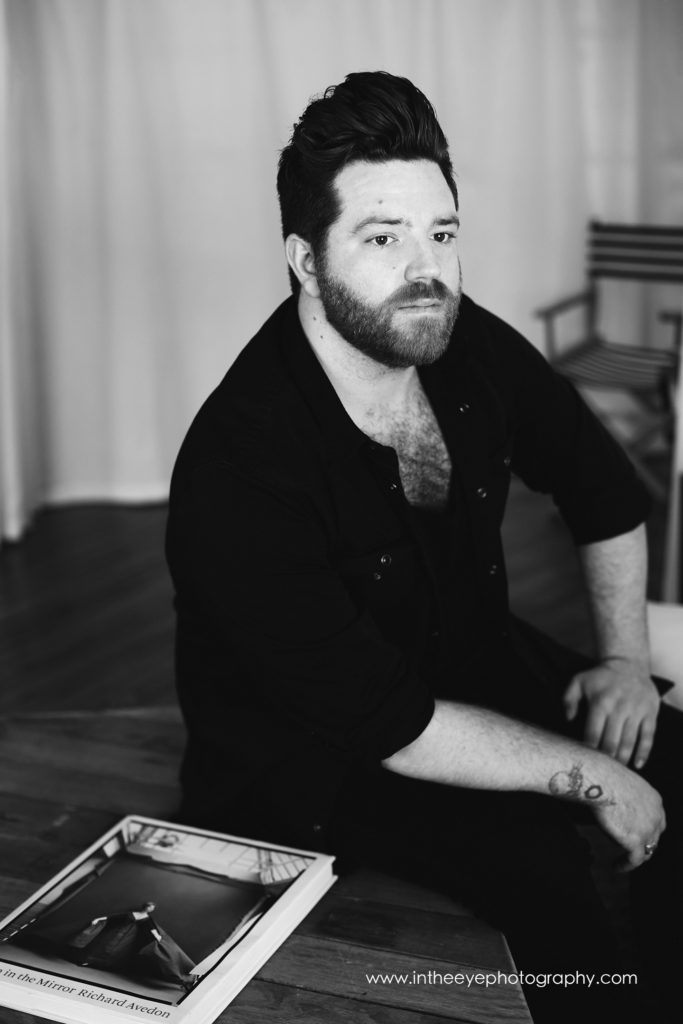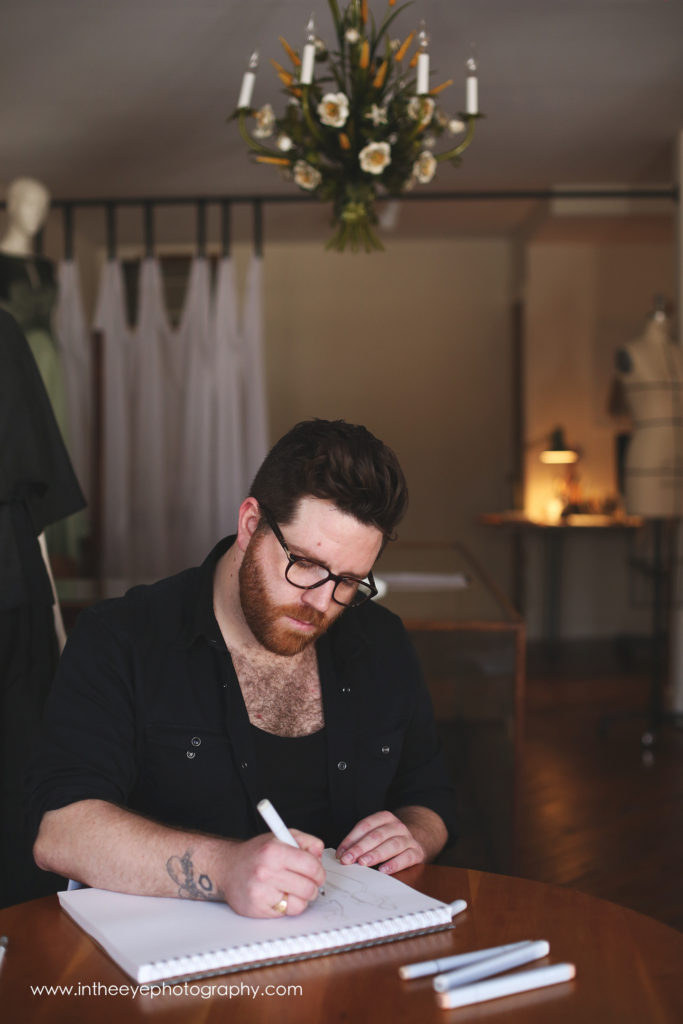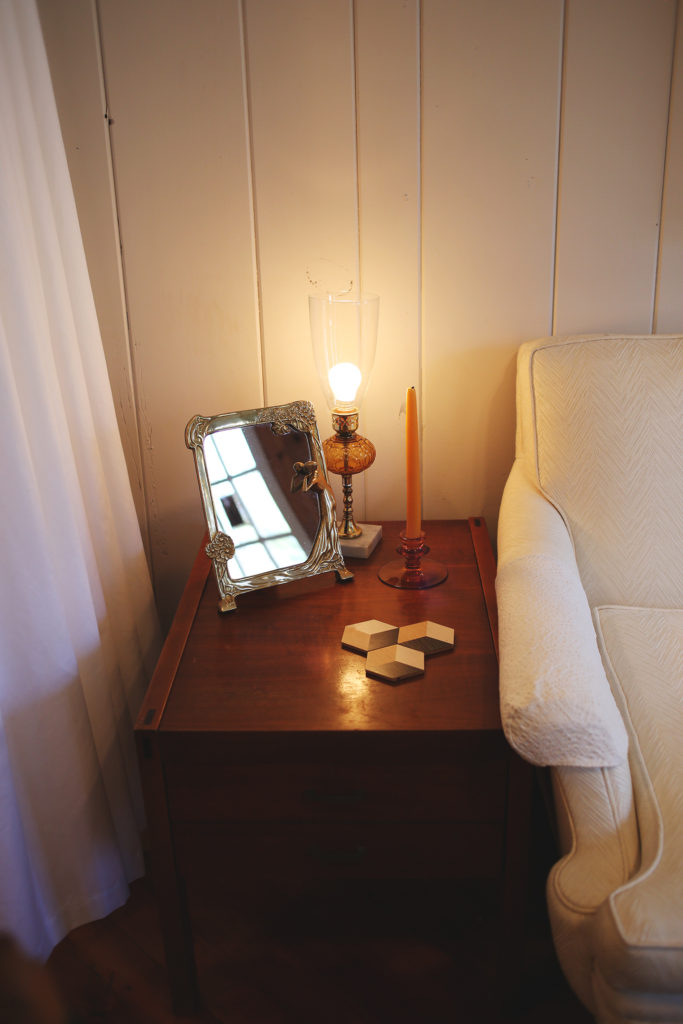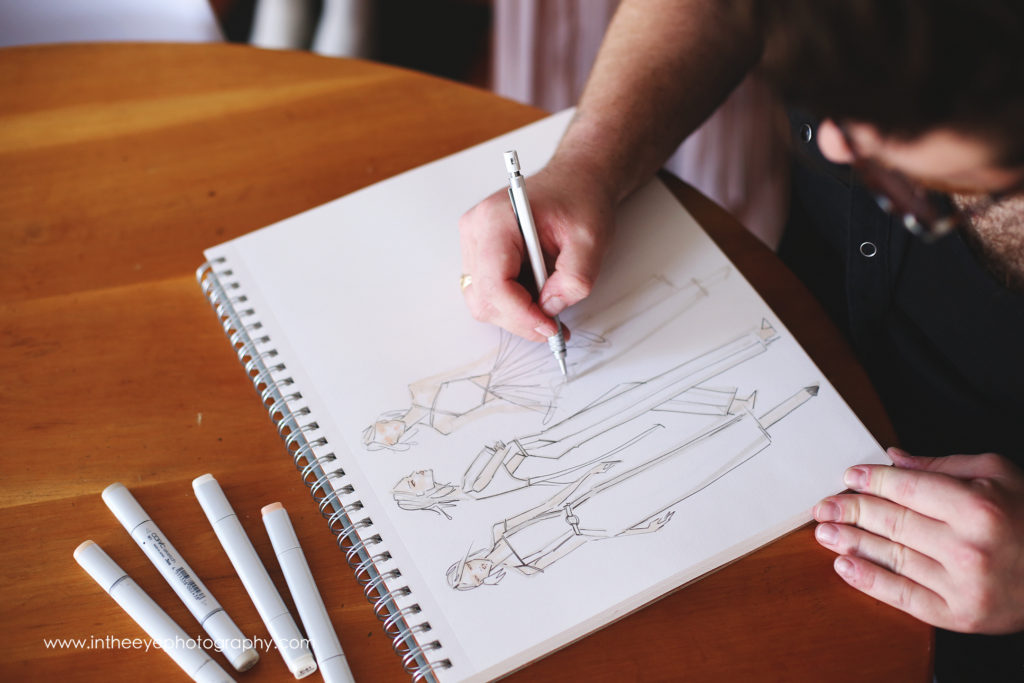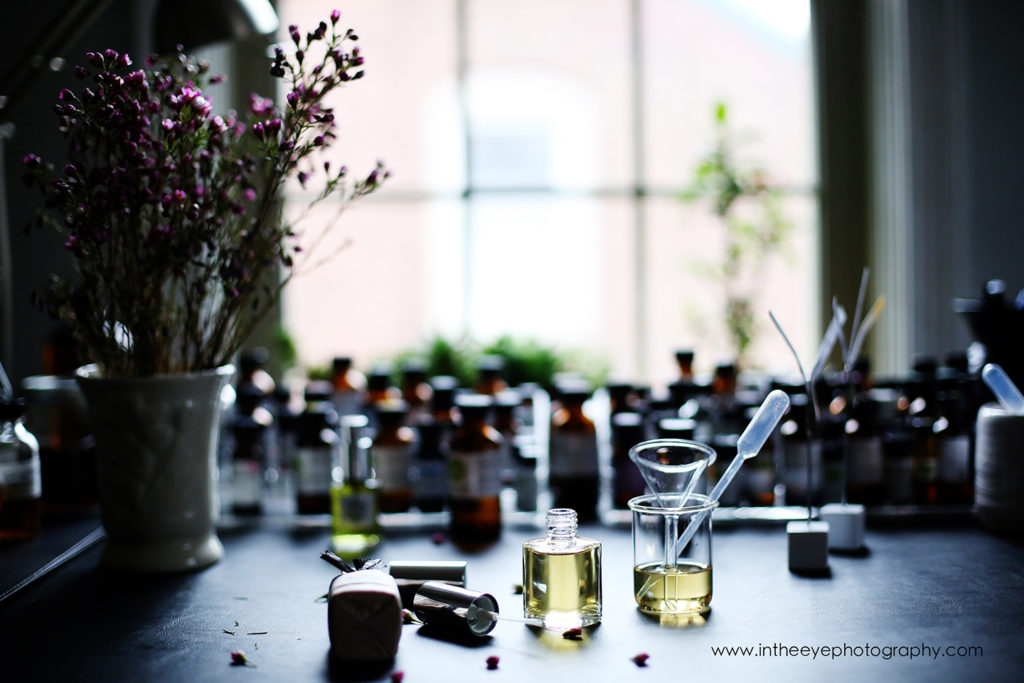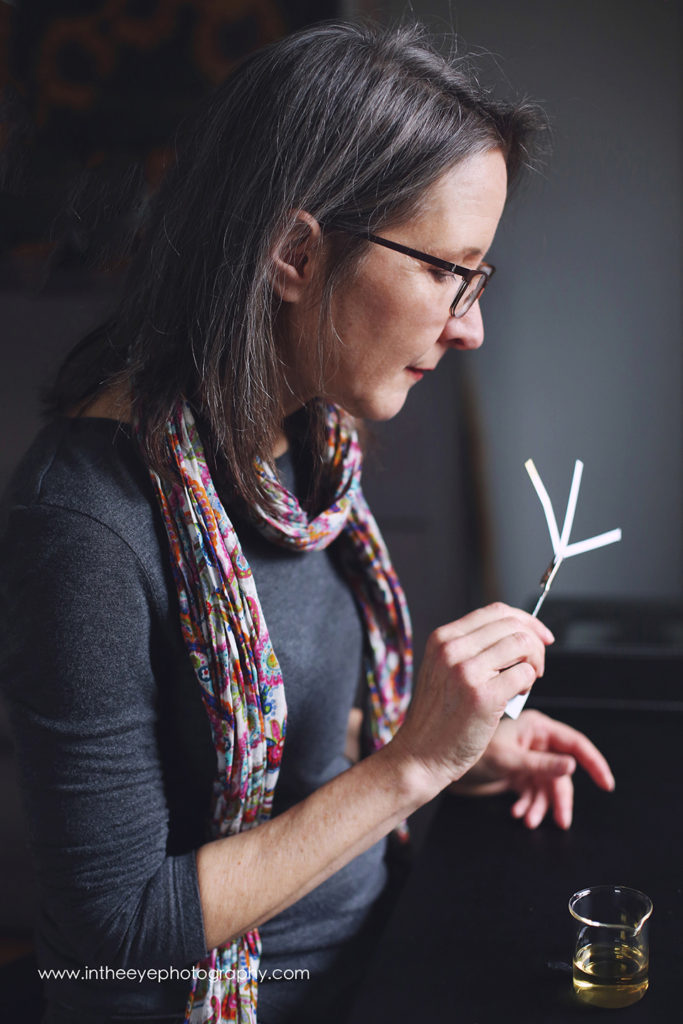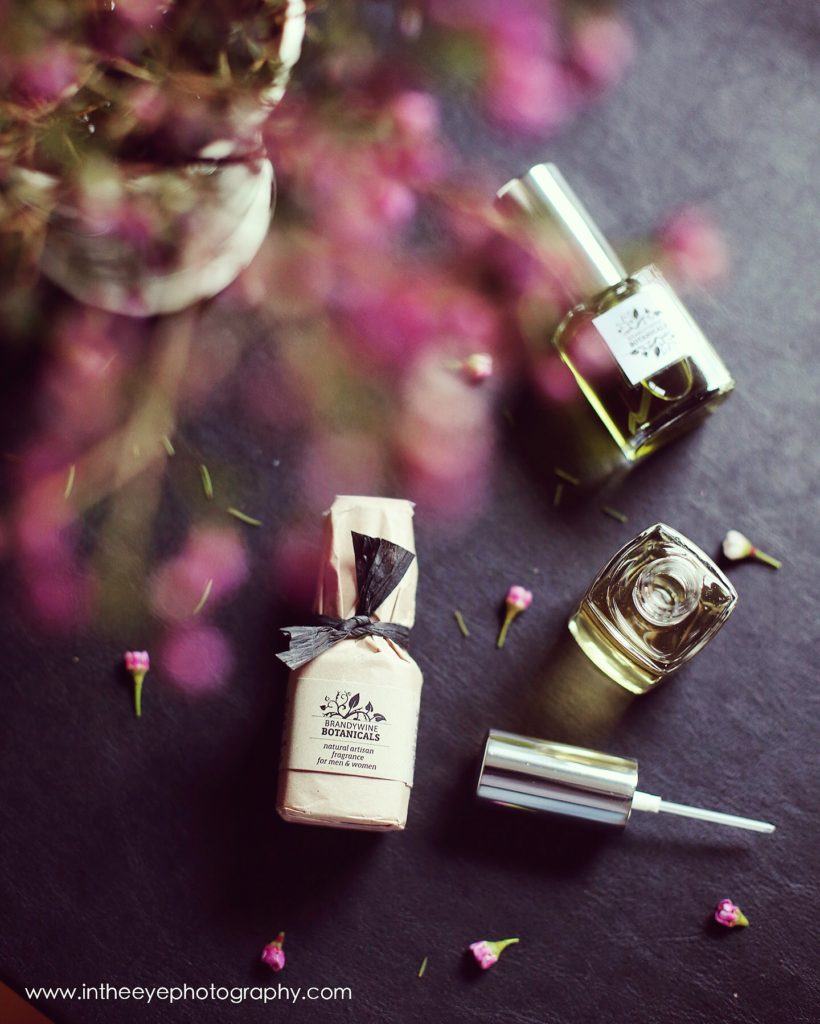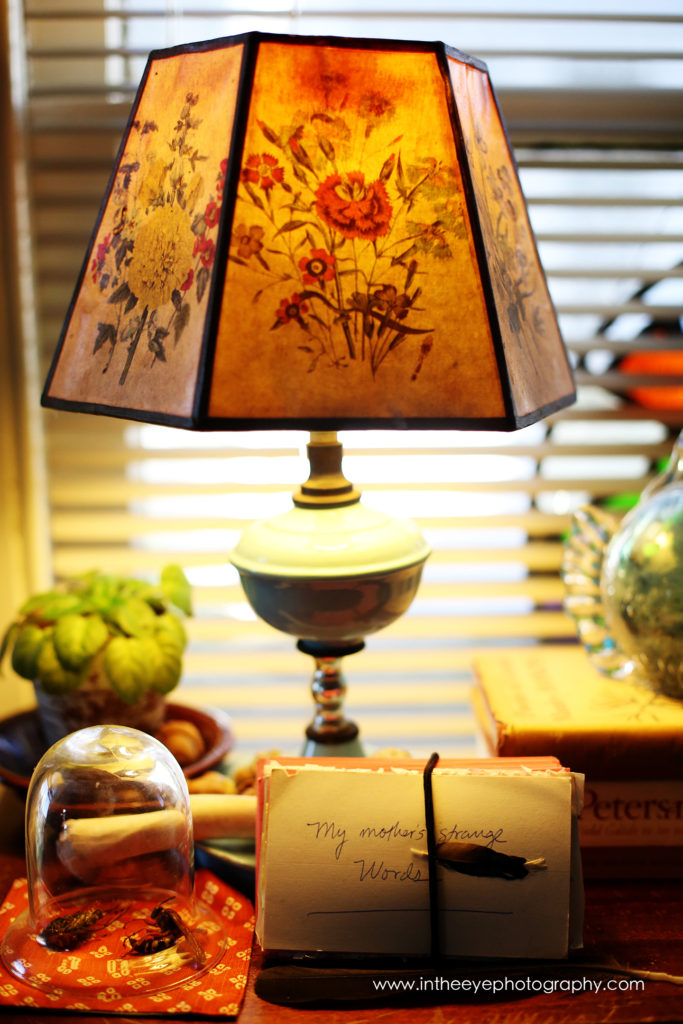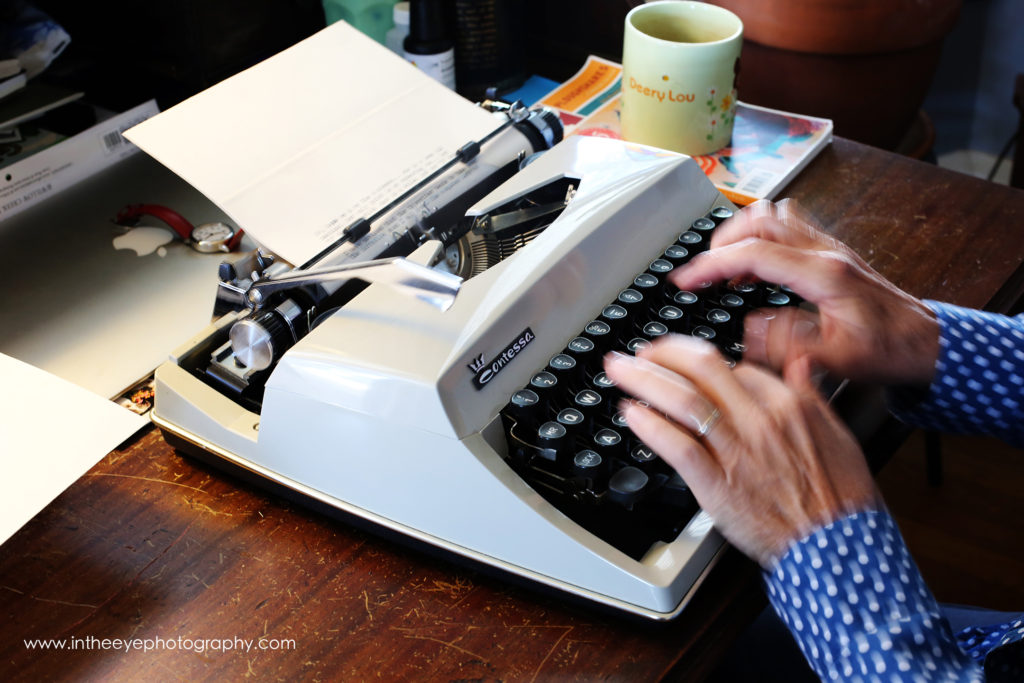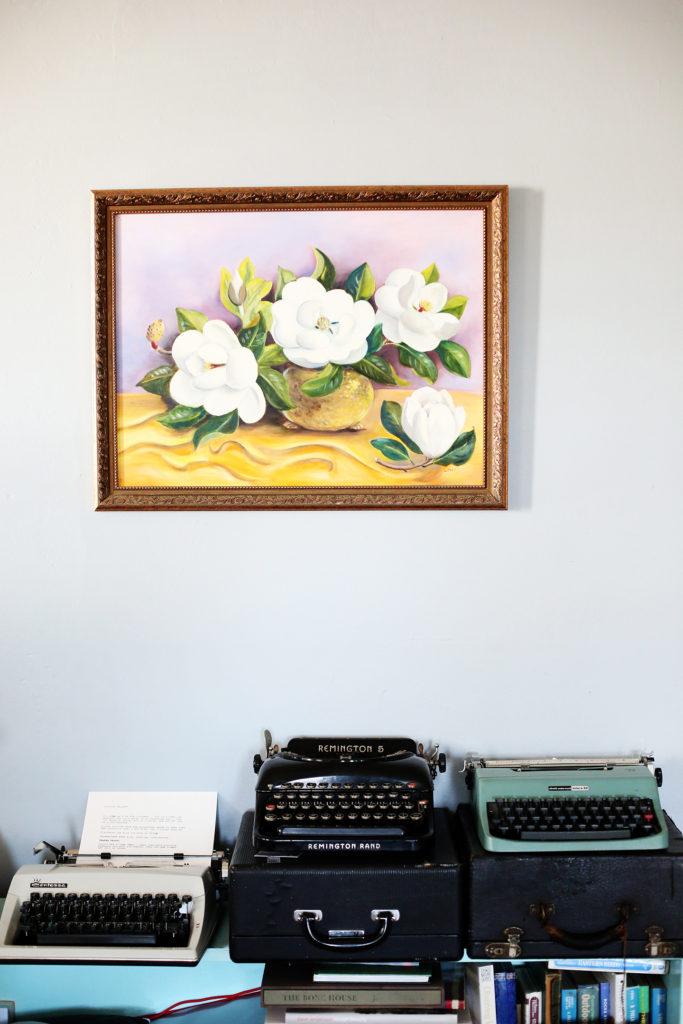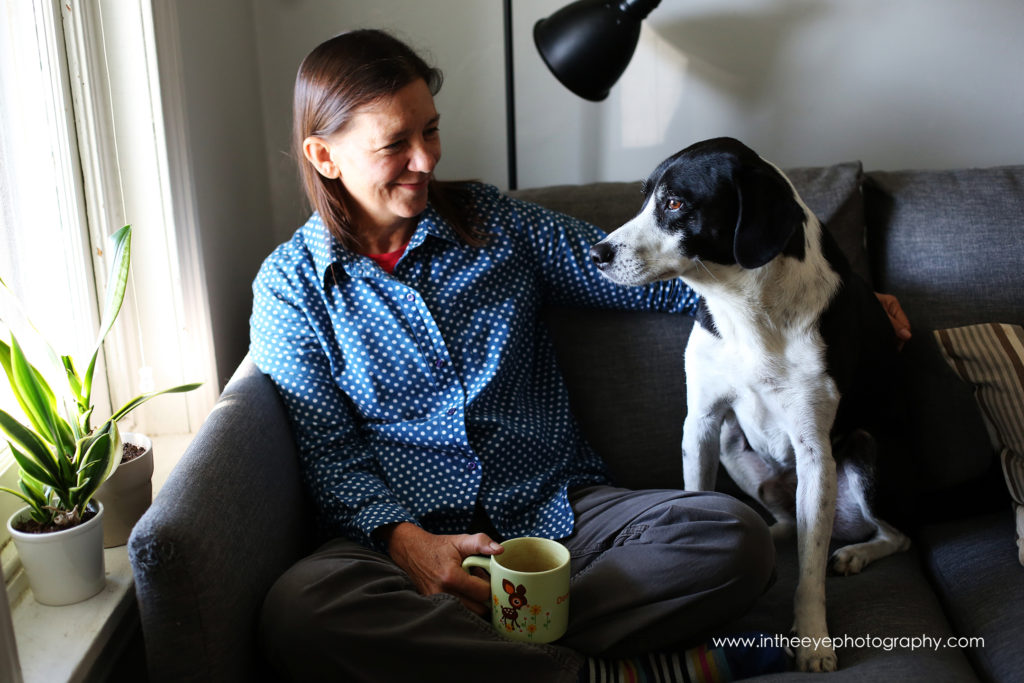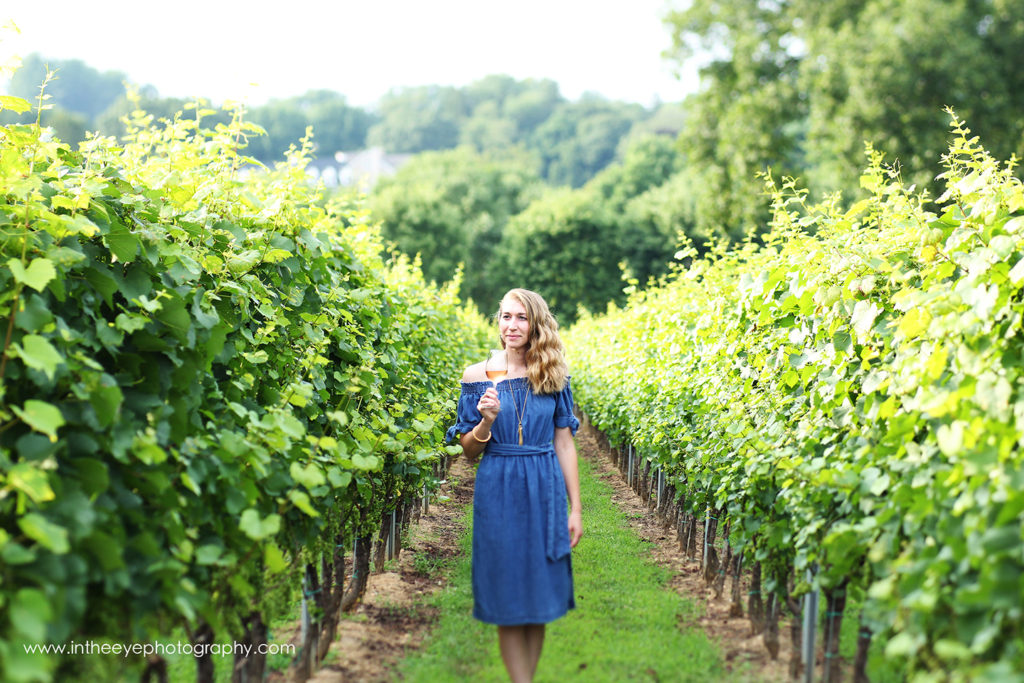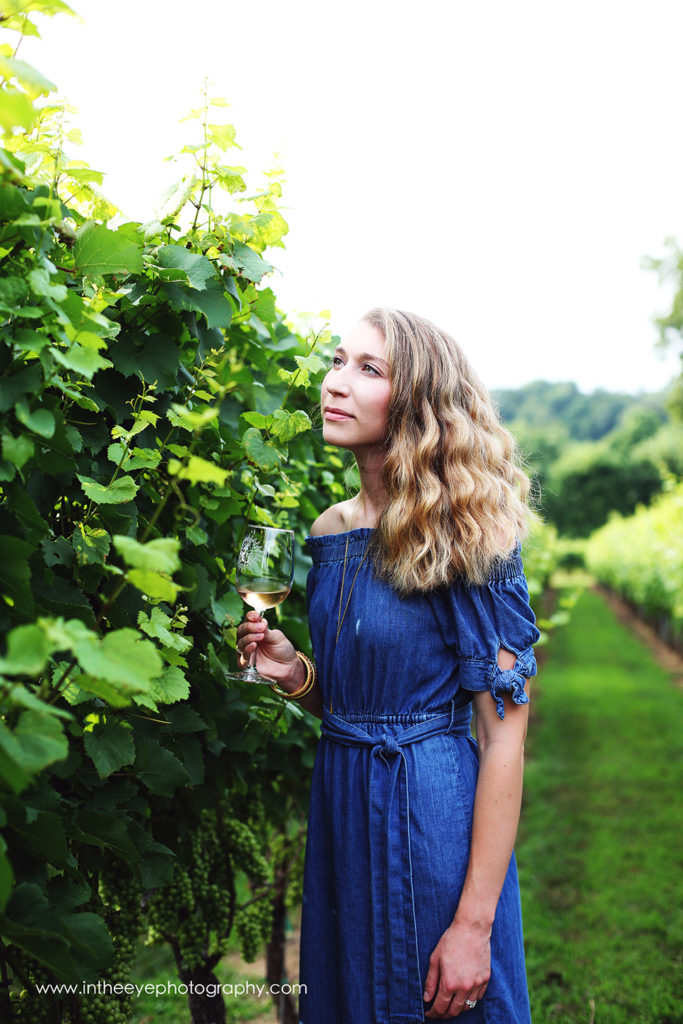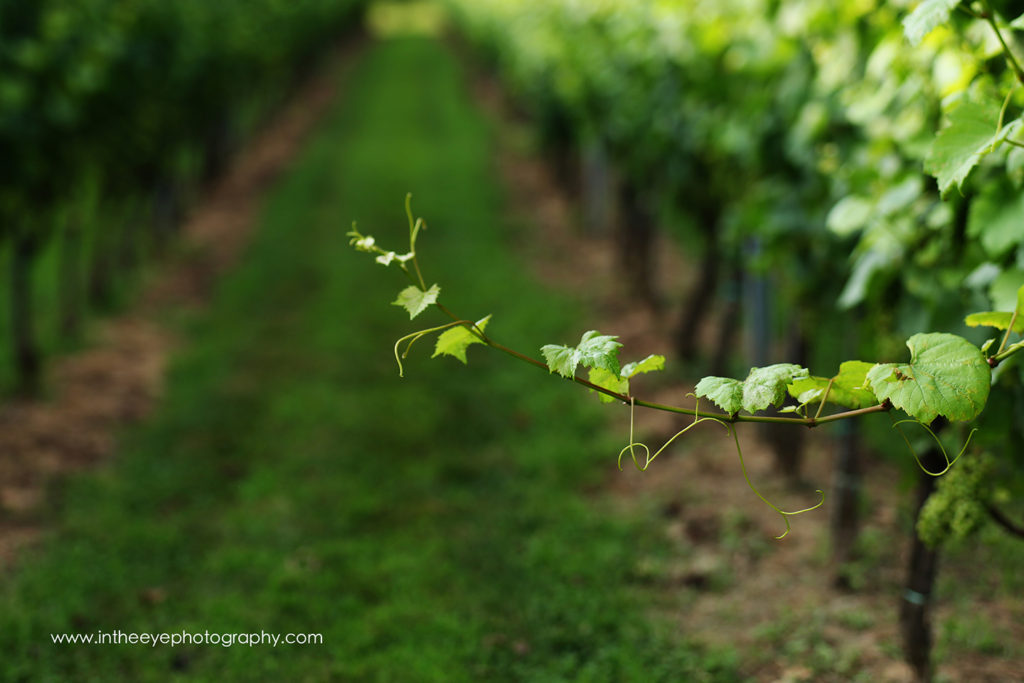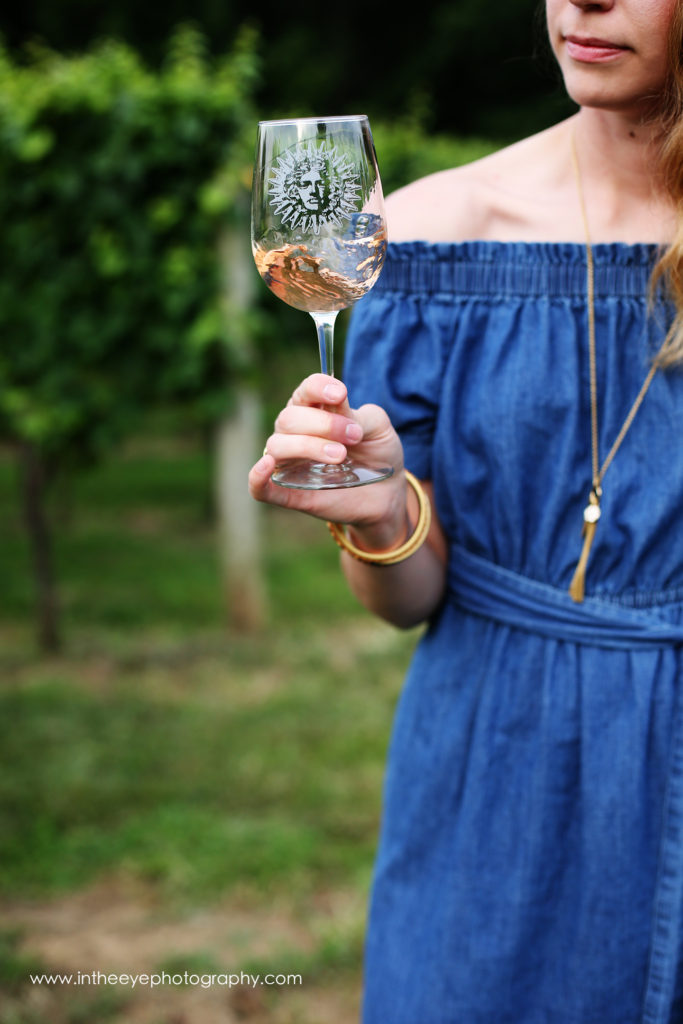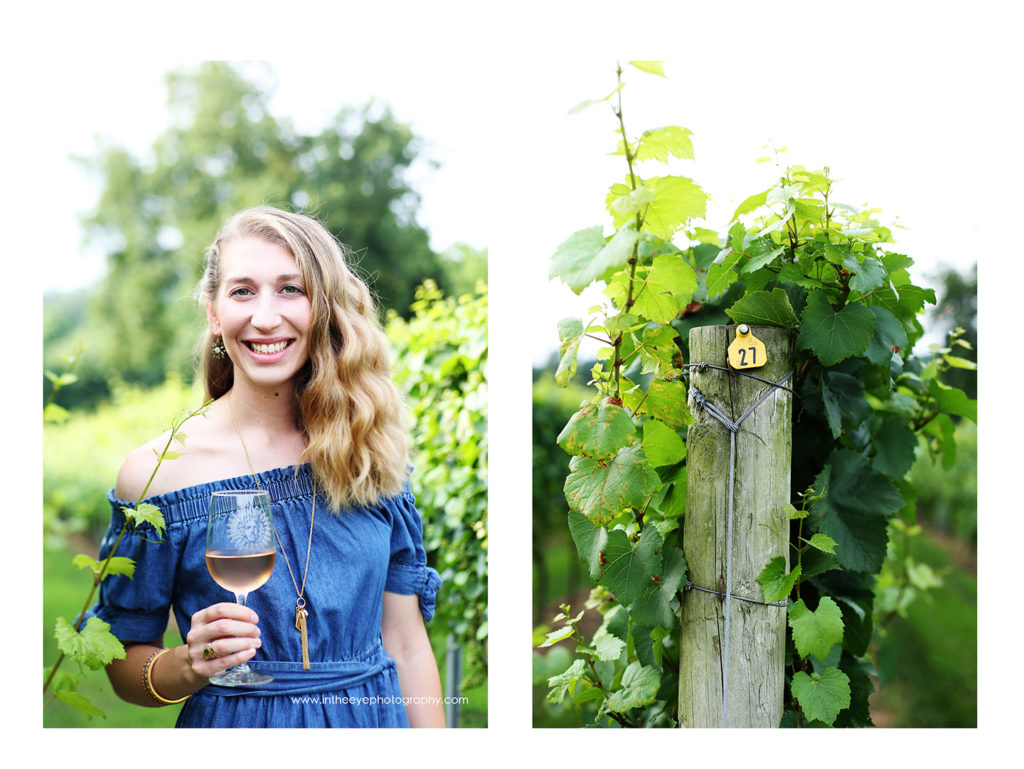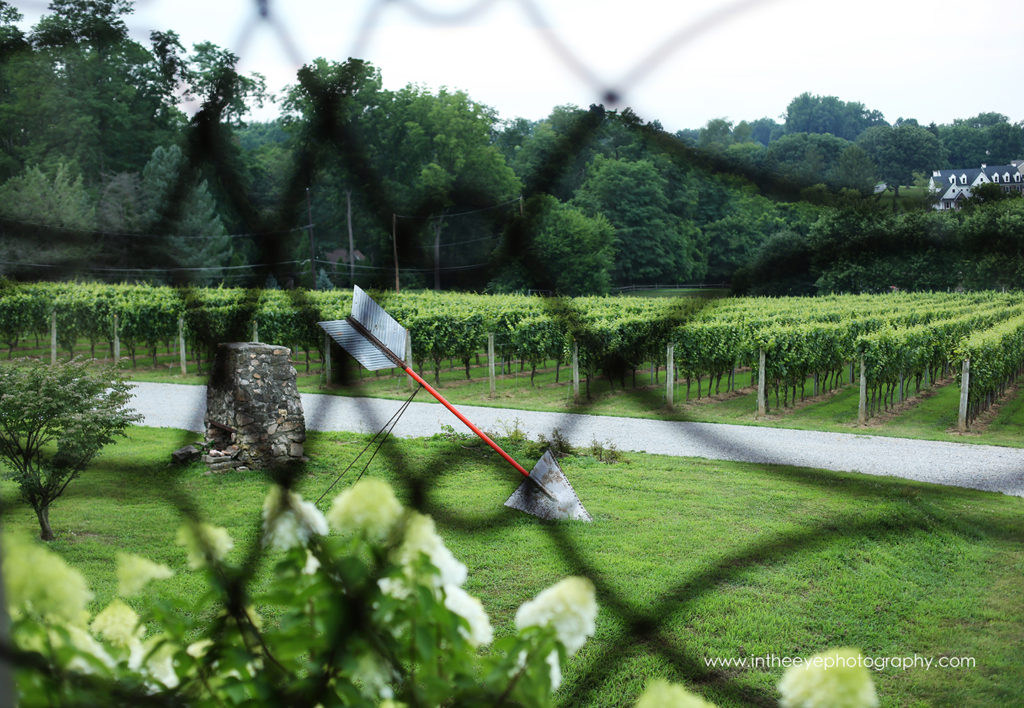Meet Jan, the founder of AHHAH–arts holding hand and hearts.
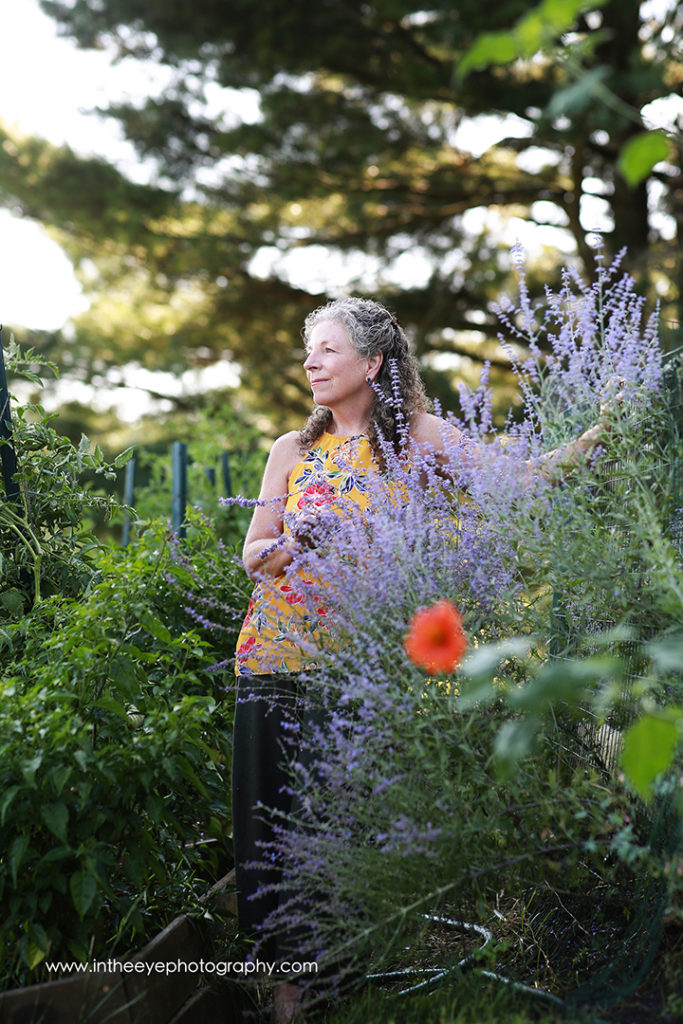
1. Can you tell us a little bit about yourself ?
My life has been a winding road full of many wonderful twists and turns that have all lead me to AHHAH.
I grew up in Nashville and was going to major in psychology but was invited to act in a summer theatre program my senior year and was hooked and changed my major to theatre. I was a professional actress in NYC for 18 years, even was in a a horror film, Mad Man where I get axed in the chest and my head shot off (that always grabs the attention of youth in detention when I share that tidbit).
I have a BA degree in Theatre and a Master’s in Education, my thesis was “Does and Arts Infused Curriculum enhance the academic success of children labeled “at risk”?”
I have two children, Ian who is 35 and a lawyer in Norristown, and Caitlin who is 31, an artist, dancer and the most amazing mother of my 2 year old grandson in Eureka Springs, Arkansas.
We moved to Unionville 25 years ago. I started a ‘Science Alive’ program at Unionville Elementary school when it was a K-3 school when my daughter was in 1st grade and then was hired to bring the program to Chadds Ford Elementary. After getting my Master in Education, I moved on up to Patton Middle School and taught English, Science, Life Management Skills and assisted the after school drama program.
My husband had worked at the World Trade Center in NYC. I had always said when my children were grown and I was a grandmother I would go back to acting. After 9/11 I realized that if you have a dream, you can’t put it on a shelf and say “one day” but pursue it now. I finished that school year and once again pursued acting this time in Philadelphia.
My first day not teaching, I was cast in a show “Snow is Falling” with Philadelphia Young Playwrights. During the rehearsals, when they found out that I had been a teacher, I was asked to be a teaching artist teaching playwriting with children in inner city schools in Philadelphia. A truly AHHAH moment. I was a teaching artist for both PYP and the Philadelphia Theatre Company for 8 years.
I also lead the drama program with the Philadelphia Senior Center across the street from Suzanne Roberts Theatre and was a member of CAAN- Creative Arts and Aging Network. I was part of the planning committee for a town hall meeting at World Live Cafe in 2002 of the importance of professional arts programming with seniors that was a nationwide movement to get funding for professional senior arts programming. The theme of the town hall meeting was think globally but act locally.
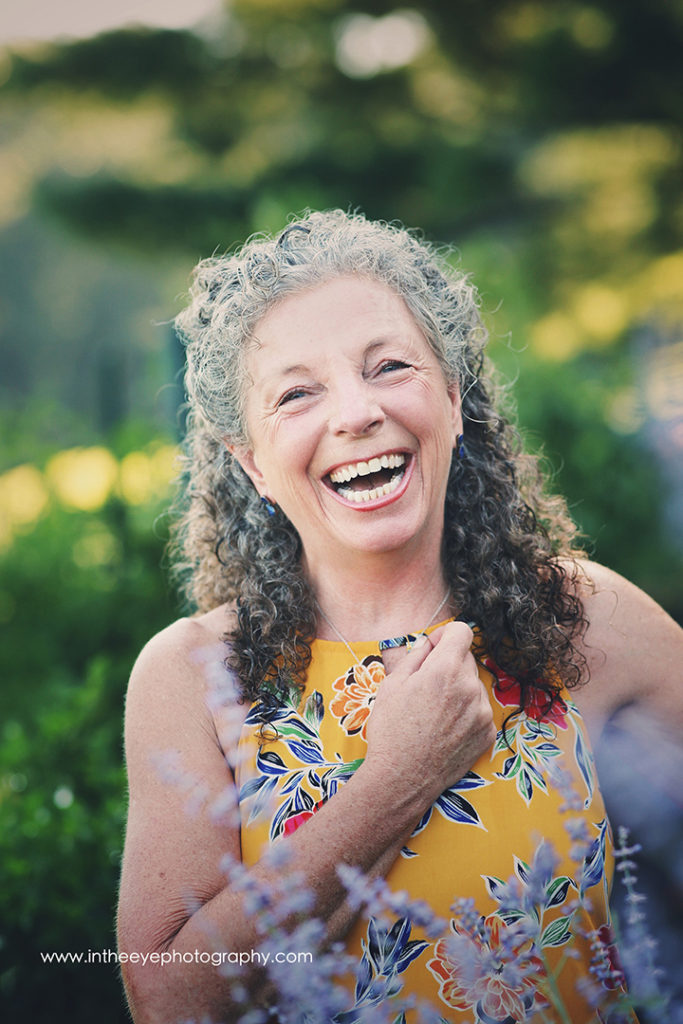
2. When and why did you start AHHAH?
I started an intergenerational program called Hands Across the Ages which combined senior citizens at the Kennett Senior Center and teenagers at the Garage to share their stories and break down the walls between the generations. The teens came to the senior center after school for workshops where we used theatre techniques to build connections. The next year the seniors went to the high school as part of an after school program.
I brought this program to Philadelphia Theatre Company as part of their “Philly Reality” program. I worked with the Philadelphia Senior Center and the World Communications Charter School which was across the street. Fall of 2012 they picked the issue of bullying in school and that we need more arts education not more guards with guns. The piece they wrote together was, “I AM LIVING”. December 12 was the Sandy Hook killing. I AM LIVING was performed to a packed audience at the Suzanne Roberts Theatre. At the talk back after the performance, young and old shared having been either bullied or being a bully, not realizing the impact of words to hurt a person and became advocates to stop bullying.
Three weeks later I found out that three of the inner city schools where I was teaching were closing and three weeks after than I found out that funding for the arts of the other inner city schools was being cut. I said to the director of education at PTC that if the government does not believe that children in poverty deserve an arts education and are just going to funnel them into the prison system, then we need to bring our programs to the children in the juvenile justice system.
The education director said they didn’t go there and I said, ” I guess I have to open my own organization that does.” I quit my job.
I get up early in the morning 4 am to meditate ( that’s when my husband starts snoring and I felt it was better to get up and meditate instead of tossing and turning with a pillow over my ears or his head!) and journal. The day after I quit I journaled and asked “Ok what do I do now, and as if channelled my hand wrote, AHHAH. I wrote what does AHHAH stand for and I wrote Arts Holding Hands and Hearts. I closed my journal and said to myself, “I guess that’s my new organization.”

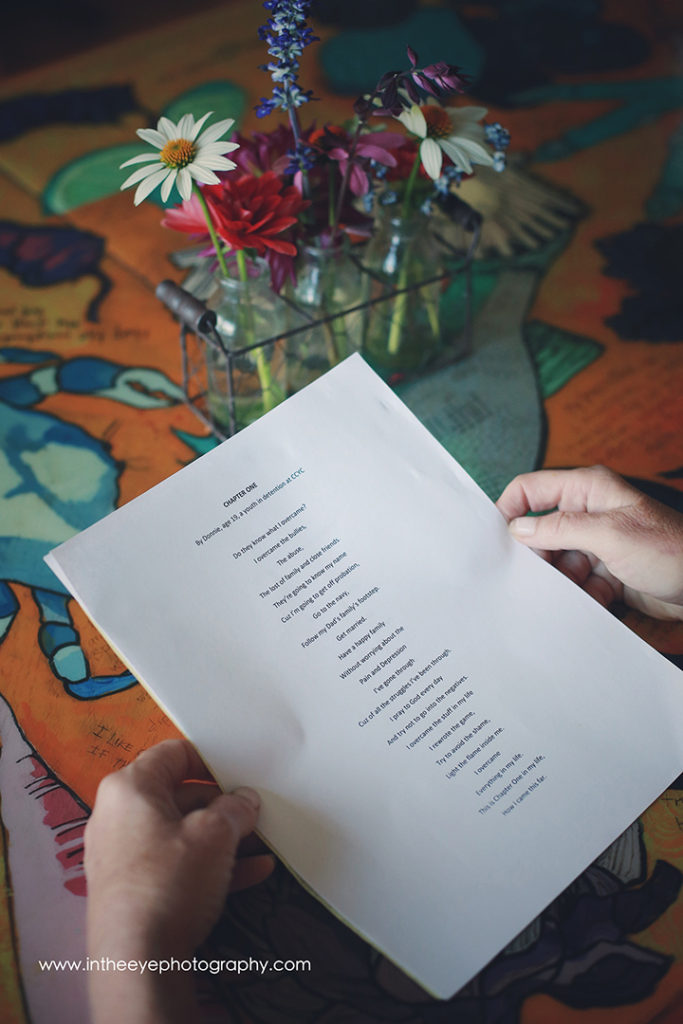
3. Can you share some stories from AHHAH programs?
I teach 6 am yoga at Yoga Secrets in Kennett. That morning after teaching I asked, Can anyone get me into the prisons legally.
There was a new person in class who said she was a parole officer and said I need to talk to Carrie Avery and Joe Frankenstein at the Chester County Youth Center. I said,”Is this a horror film joke, Carrie and Frankenstein! It wasn’t. I met with Carrie and Joe and a week later I started a weekly trauma sensitive yoga class. Three months later we started a creative writing program. That was in 2013.
The first writing program was with girls in the shelter for homeless and abused girls at CCYC. There were 4 girls, all from Coatesville. The first girl who shared was Sarena, who wrote, “I am the daughter of a teenage mother who was the daughter of a teenage mother who was the daughter of a teenage mother with no father in sight.” The next girl who shared wrote about being raped at 12 by her uncle while her mother was in the room and the baby crying that stopped him from taking her again but she forgave him because she knew that she would be in prison in her heart if she didn’t forgive. I knew then that AHHAH had to make Coatesville our base to see how we could stop the youth from Coatesville entering the juvenile justice system.
Our first grant was a 21st Century Learning Center grant and we facilitated trauma sensitive yoga and after school playwriting classes with students at Scott Middle School in 2014. We then found out that children in kindergarten were being suspended in Coatesville. We knew if we were going to be more than a bandaide we needed to reach families with children 0-5. We started a Family Story Time Yoga program for children 2-5 with a caregiver at the Coatesville Library.
One of the mothers in our first class, mother was a teacher in Early Start a program with Head Start. She introduced us to the director of Coatesville Head Start and we facilitated Storytime Yoga for free to 5 Head Start classes in Coatesville. 2019 AHHAH brings our Storytime Yoga program to over 400 children in Chester County.
In my research of why so many children in poverty enter the juvenile justice system I found statistics that children in poverty are exposed to 30 MILLION words less by the time they are five than children in a middle class or more affluent household.
2015 was the City of Coatesville’s 100 anniversary. I spearheaded a “PULL” (Pop Up Lending Library) Campaign to get 100 both indoor and outdoor PULL Stations throughout Coatesville.
2018 the Longwood Rotary gave AHHAH $1500 for materials to build 10 PULL Stations in Kennett Square. The Kennett Square community embraced the PULL Campaign. AHHAH partnered with the Kennett Library and the Kennett Culture and Arts group in identifying locations, artists, and collection of books.

Please check AHHAH website for more information:www.artsholdinghandsandhearts.com
